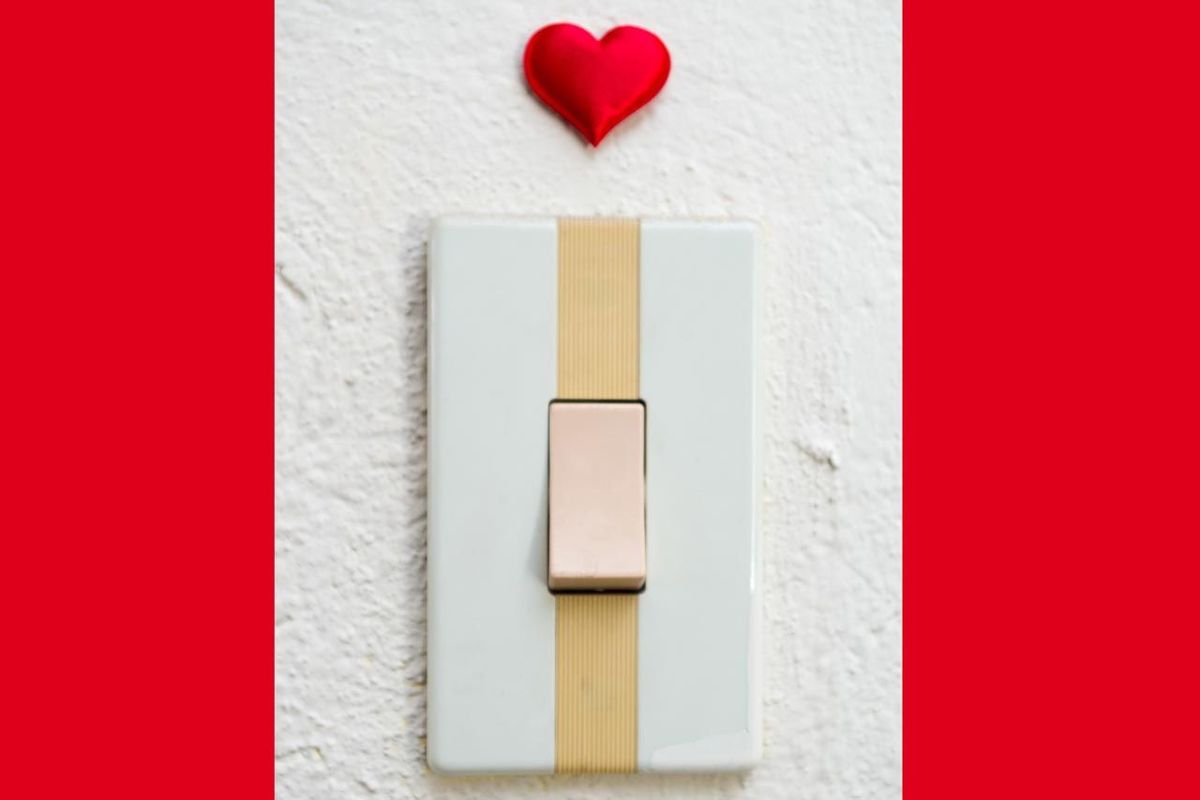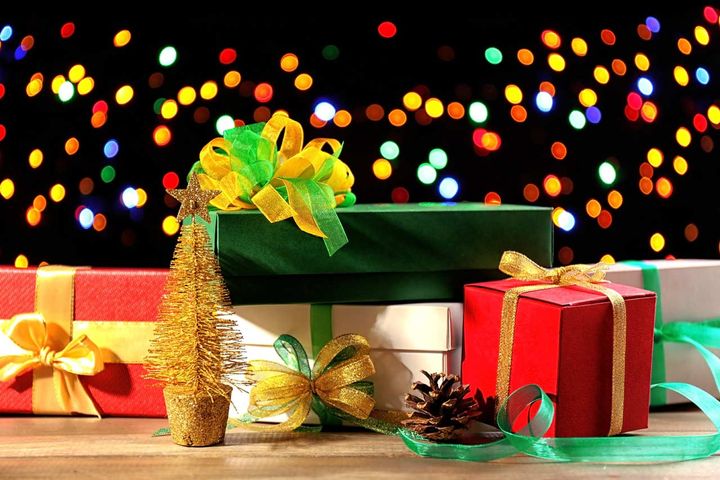LEDs & Dimmers: From Star-Crossed to Power Couple

First, there was Romeo and Juliet. Then, there was Jack and Rose. Now, there’s the LED and the dimmer, and unlike the tragic couples preceding them, these two actually have a happy ending.
First there was the irresistible dimmer switch, ready to help people save some money on their energy bills and make houses look nice. It was a simpler, easier time – every incandescent and halogen light bulb in the land quickly succumbed to the dimmer’s charms, and life was pleasant.
Then, along came a beautiful, exotic, energy-saving LED light bulb, and our usually smooth, collected dimmer just couldn’t handle it. The dimmer and the LED tried to make it work together, but they drove each other crazy. Unlike the elementary filament lamps, the LED’s outlandish yet attractive electronic construction baffled the dimmer so that it couldn’t function properly, and the dimmer’s ill-informed advances cause the LED only pain and suffering (aka malfunction).
Strange, destructive things began to happen. Sometimes the LED would turn off before the dimmer reached its lowest setting (a syndrome we now know as “drop-out”). Other times, the LED wouldn’t turn on until the dimmer’s slider moved up (a syndrome we now know as “pop-on”). If that wasn’t bad enough, the toxic relationship reached the point where the LED would flicker, change colors (usually from warm white to cool white), and just refuse to light up. The dimmer couldn’t protect the LED from possibly damaging current spikes, and the stress of the whole situation even reduced the LED’s rated life.
They wanted to be together, but it would never work. They were from two different worlds.
Fortunately, the LED and the dimmer had something that other tragic couples always seemed to lack – that sweet remedy, time. They had time enough to stop mooning over each other and do something sensible about their incompatibilities; to learn how to compromise. And recent technological advancements didn’t hurt either.
The first fix was to create an LED that could work with certain standard incandescent dimmers. You can learn which products go with which via the information manufacturers include with their dimmable LEDs.
But now, there are both special LED dimmers along with dimmable LEDs. They work together in perfect harmony to save you energy and money (up to $50 per year per dimmer), and to create an ambiance just right for your home. Imagine – one of the most efficient light sources partnered with one of the most energy-saving lighting accessories. Now we all can swoon.
Here’s how it happened:
The biggest problem with dimming LEDs was that a standard dimmer didn’t provide the LED enough power to operate at lower light levels. To solve the issue, a special line of dimmers, specifically made to dim LEDs (and CFLs – but don’t tell that to our lovely, light emitting friend). The dimmer has an adjustment dial to customize the bottom of the dimming range for the type of light bulb it’s dimming. And just like that, the dimmer got its smoothness back – even especially at low light levels.
The dimmer also has HED Technology, which just means it has advanced dimming circuitry that’s made to be compatible with most high efficacy light bulbs. It makes up for all the past shortcomings, ensuring the following:
• The lights always say on, even as they’re dimmed.
• The lights turn on at all light levels.
• The lights no longer flicker, or flicker considerably less.
• The lights stay on during voltage fluctuations.
These dimmers can also control multiple light sources, all on one switch. Let’s just call it one big happy family.
Check back to see new articles and guides, or feel free to click another article to experience more great insights and advice.



